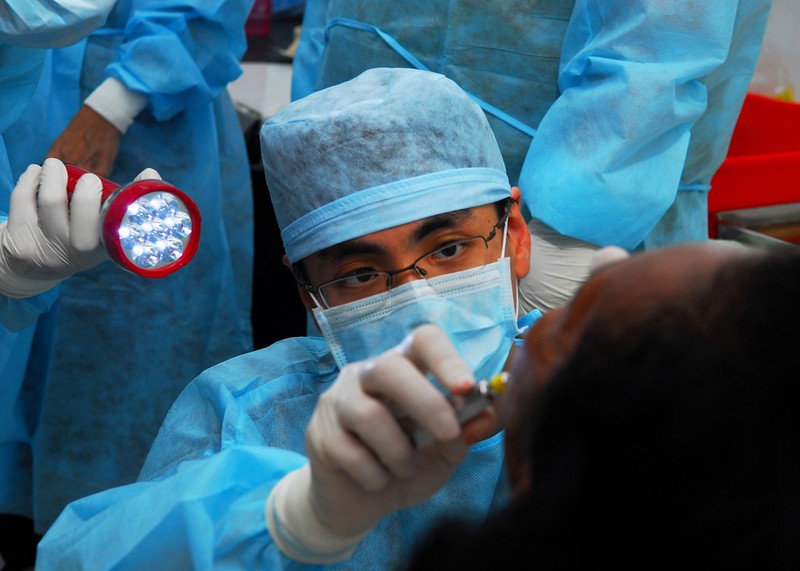An interesting study titled “Antibiotic Prophylaxis Against Infective Endocarditis Before Invasive Dental Procedures,” written by Martin H. Thornill and et. al. appears in the Journal of the American College of Cardiology (published online August 17, 2022). The article investigates the association between invasive dental procedures and infective endocarditis, and the effectiveness of antibiotic prophylaxis in reducing this.
In the study the authors performed a case-crossover analysis and cohort study using data from 7,951,972 million patients in the U.S. from the Commercial/Medicare Supplemental prescription and dental databases and the IBM MarketScan databases. A total of 3,744 patients in the study were hospitalized with infective endocarditis. From the patients hospitalized, 1,651 (44%) were at low or unknown risk for heart infection, 831 (22%) were at moderate risk of heart infection, and 1,292 (34%) were at high infective endocarditis risk. The overall adjusted infective endocarditis incidence within 30 days of a dental procedure was 468 per 1 of a dental procedure in patients at high risk, 24 per 1 million of a dental procedure in those at moderate risk, and four per 1 million of a dental procedure in those at low or unknown risk. The authors performed a subanalysis of dental procedures and this showed an odds of infective endocarditis were dramatically higher following extractions and other oral surgical procedures.
Those who had low or unknown infective endarcarditis risk were prescribed preventative antibiotics in 3% of invasive dental procedures, while those with moderate infective endarcarditis risk were prescribed preventative antibiotics in 10% of invasive dental procedures, and those with high infective endarcarditis risk were prescribed preventative antibiotics in 33% of invasive dental procedures. The authors found those with high infective endarcarditis risk had prophylactic antibiotics given for invasive dental procedures that were linked with a significant reduction in infective endocarditis risk. This reduction was most prominent after extractions and other oral surgical procedures. The authors found that preventive antibiotics offered no observable benefit after other invasive dental procedures or in patients at low, unknown, or moderate risk of developing infective endocarditis.

The authors noted several limitations of the study which included the use of the MarketScan databases that was used for the analysis which was unlikely to be representative of the entire population in the U.S.
In the discussion the authors discuss how giving patients antibiotics before invasive dental procedures to prevent infective endocarditis has been debated in dentistry. Professional dental organization have issued guidelines on preventative antiobitics given to patients having invasive dental procedures to prevent infective endocarditis for decades. Due to lack of clinical trials and potential for other activities like tooth brushing to cause infective endocarditis some have questioned this practice. However, the study shows that a correlation between invasive dental procedures and infective endocarditis exist. Therefore the authors feel that addditional research is needed to explore the risk of oral bacterial infective endocarditis caued by routine daily activities such as toothbrushing and chewing foods. The authors feel that there study shows that the use of prophylactic antibiotics for high risk patients having invasive dental procedures is warranted.
